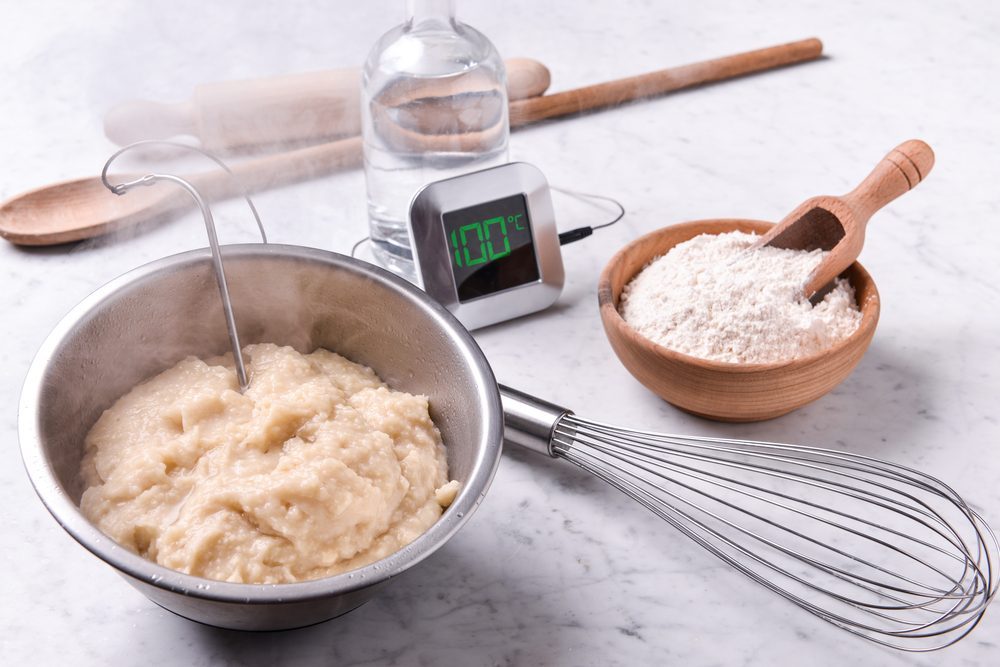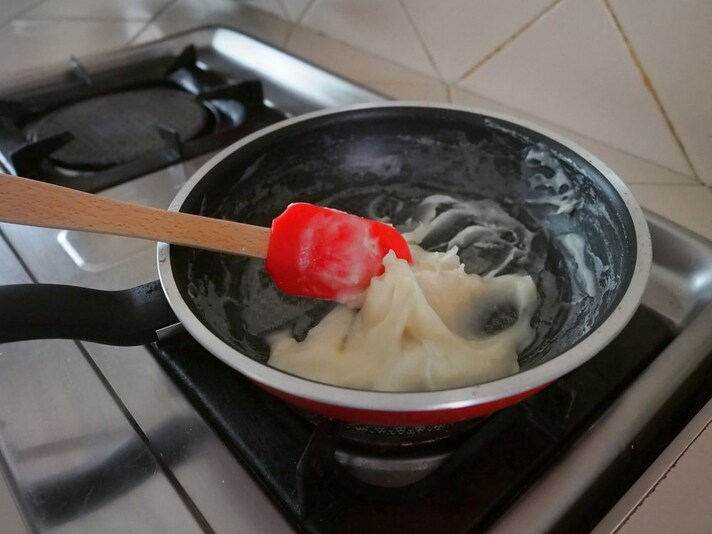What is Water Roux and How To Use The Japanese Bread-Making Technique
Water roux, also known as tang zhong, is a simple preparation based on water and flour but with great powers: thanks to this oriental bread-making technique, in fact, your leavened products will be twice as fluffy and soft.
;Resize,width=742;)
If you are a fan of homemade bread and leavened products, you are about to discover a technique of oriental origin that will turn the preparation of your homemade baked goods: it is the water roux or tang zhong, a Japanese bread-making technique that is based on a starter (called with the same name as the technique), a pre-dough made of water and flour. Precisely thanks to the action of this compound on the leavening process, your dough will become even softer, puffier and more delicate. In this in-depth article we want to explain how to prepare water roux at home and how to use it in your recipes to obtain soft and very fluffy dishes.
What is Water Roux or Tang Zhong?
Water roux, or tang zhong if you want to call it by its original Japanese name, is the name of a compound used in home baking of baked goods and, in full, it is the name that the technique itself has taken on. It is a very simple pre-dough made with just two ingredients, water and flour, which are mixed together and then brought to a temperature of 149°F/65°C.
Once cooled, the water roux is incorporated into the dough and, thanks to its composition, is able to trigger the leavening process of the starches and gluten, thus obtaining a well-hydrated, elastic and very easy to work dough. Born in Japan, the technique also includes a sweet version of this starter called milk roux, an alternative in which milk is used instead of water and used for all sweet recipes. The water roux technique has spread in the Western world thanks to the book “65 °C bread doctor” by Yvonne Chen, which explains in detail how it is made and the various ways of using it.

Why Use Water Roux: All the Benefits
Water roux has become very popular all over the world because with a few simple steps it allows you to make your sweet and savory leavened products much more fluffy, soft and fluffy. This is because the pre-dough is able to activate the starches and gluten when added to the main dough, making it very hydrated and very elastic.
The first and main benefit of the water roux, therefore, is that it improves the consistency of the dough, giving it a unique softness: this is useful in the preparation of all leavened products but in particular in gluten-free ones, which tend to be denser and heavier than other doughs.
Leavened products made with water roux are more homogeneous and stay fresh longer, the pre-dough reduces the friability of the final product and makes the product particularly soft because it helps retain moisture inside the dough. The leavening of the dough doubles with the addition of water roux, it becomes light and airy, and furthermore the pre-dough is completely fat-free, a feature that makes the final product much more digestible and also suitable for those following a diet.

How to Make a Water Roux
The key to making water roux (also known as tangzhong) is getting the proportions right. The standard ratio is 1 part flour to 5 parts water by weight. In Japanese-style baking, the flour used for the roux should make up 5% of the total flour in your recipe, and the water should be 25% of the total flour.
So, let’s say your recipe calls for 4 cups of flour (which is about 500 grams or 17.6 ounces):
- You’ll need about 2 tablespoons of flour (roughly 25 grams or 0.88 ounces)
- And ½ cup of water (about 125 ml or 4.2 fluid ounces)
For milk roux (often used in sweet baked goods), the ratio changes to 1 part starch to 10 parts milk. That means if you're using 1 tablespoon of cornstarch, you'd mix it with ⅔ cup of milk.
Once you understand the proportions, preparing the water roux is very easy: sift the flour and pour it into a saucepan, add the water at room temperature or slightly warmed, put the saucepan on the heat and mix everything with the help of a whisk, taking particular care not to form lumps. Use a kitchen thermometer to make sure that the temperature reaches 149°F/65°C, at which point the mixture is ready and should be removed from the heat: if you have worked well the consistency should be gelatinous, almost transparent.
Cover the saucepan with cling film and place it in contact with the surface so that it does not form a crust and then let it cool. Once the water roux is room temperature you can add it to your main dough or store it in the refrigerator for up to two days.
;Resize,width=767;)
;Resize,width=712;)

;Resize,width=712;)
